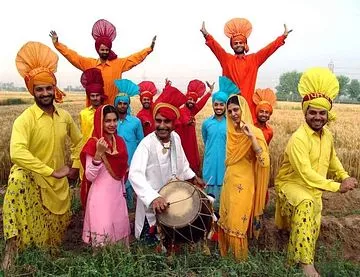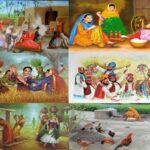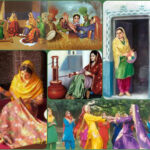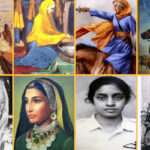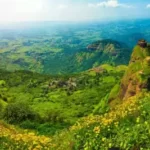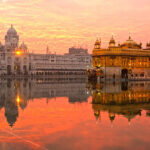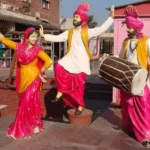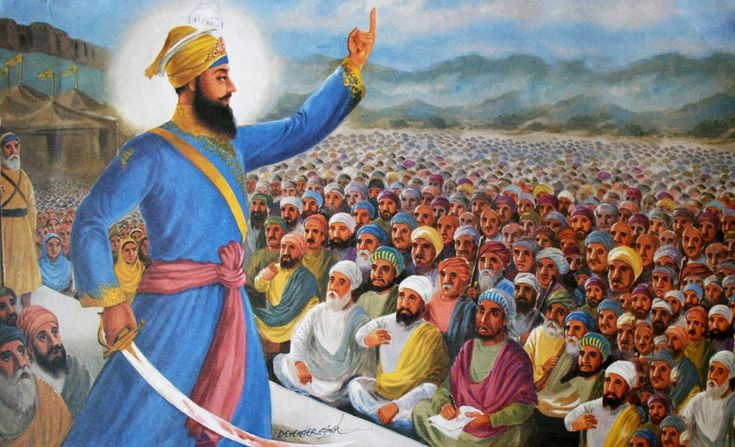Here is a list of interesting and unknown facts about Punjab and In this article, you can also learn historical facts and general information about Punjab such as facts about culture, history, government, the population of Punjab Province.
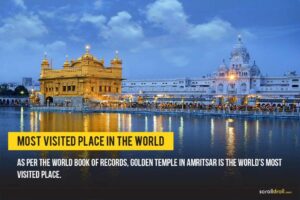
- Punjab was divided by the British in 1947. Thereafter Punjab was again divided between Punjab, Himachal Pradesh, and Haryana in 1966. The province has been a gateway to people from Central Asia, Greece, Afghanistan, and Afghanistan. Iran.
- Every village in Punjab has a gurudwara. The second most prominent religion here is Hinduism. Punjabi is the official language here. The people here are very happy and believe in numeracy and enjoy life by participating in various cultural activities. The major Punjab festivals are Lohri, Basant, Baisakhi, and Teej.
- Chandigarh is the capital of Punjab, and visitors come to see the city’s culture and traditions. The main features of the Punjab tour are culture and civilization.
- Sikhism originated in Punjab in the 15th and 16th centuries. Guru Nanak Dev Ji founded the Sikh religion in Punjab. After that, here are nine gurus.
- Punjabi is ranked 10th among the world’s most widely spoken languages. It also ranks third in Canada’s most widely spoken language.
- Punjab was divided on November 1, 1966, and the division became the new province of Haryana.
- Most Indians believe that 70% of Punjab’s youth are drug addicts. 70% of all Punjab drug addicts are young.
- In ancient times and in ancient times, most of the attacks were in Punjab.
- As a result, you will not find anything like old nails, old temples, monuments, etc.
- Amritsar is a popular Punjab destination, according to a report, with more tourists visiting Amritsar than the Taj Mahal every year.
- Punjab is at the forefront of road connections. Across the region, 100% of villages are connected by roads.
- The British massacre at Jalianwala Bagh is far from the Amritsar Gold Temple.
- Punjab’s largest industry is agriculture and 84% of Punjab’s total agricultural industry is just agriculture.
- Punjab is also known as the state of five rivers because Sindhu, Sutlej, Ravi, Beas, and Ghaggar flow into Punjab.
- When India gained independence, the two Punjab provinces met together. One Punjab in Pakistan and another in India.
- There was a district called “PEPSU (Patiala and East Punjab State Union)” which was merged with Punjab on November 1, 1956.
- After the conquest of Punjab, the Greeks called it PaintPotamia
- Punjab is also known as the sword of India because its people were brave and fought in many foreign wars, so they played a vital role in the defense of India.
- The soil of Punjab is fertile, probably because it is known as the “land of the gold harvest”.
- Every year Punjab produces 45% wheat and 25% whole grain rice in India.
- There are many Bollywood actors from Punjab lying Yash Chopra, Dharmendra, Kapil Sharma, Raj Kapoor,
- Jitendra, Amrish Puri, Vinod Khanna, Rajesh Khanna, Shammi Kapoor, etc.
- The British eventually conquered Punjab, and after that, Punjab became involved in the liberation struggle.
- The Punjab youth has been instrumental in the Indian army, which is a great source of pride throughout India.
- During the 1977 emergency, the people who played the most important role were the Punjabi.
- Alexander the Great fought his last battle with the Punjabi Sikhs when Alexander’s troops refused to fight.
- Bhangra and Giddha are popular Punjabi traditional dances, celebrated during the Lohri harvest.
- And last but not least, the Punjabi saying that if your dream is to go abroad and become a real Punjabi, that’s probably why Canada is their favorite place.
Punjabi Culture – Punjab Culture and Culture
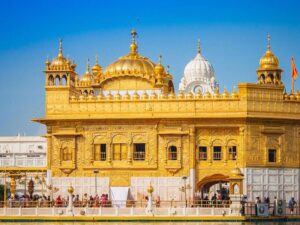
Unique, colorful, and bizarre, these are the attributes of the Indian heart, Punjab. Popular and isolated all over the world, the Punjab culture is truly amazing. Punjabi delicacies delight your taste more than ever. Elegant colorful dresses and Bhangra attract you unlike anything else. When you visit Punjab, you can find hospitality and heartwarming videos. Punjabi people are known to be very helpful, welcoming, and proud. They welcome everyone with open hearts (along with a glass of Lassi and typical Punjabi food). They celebrate their festivals with great enthusiasm, with delicious food, music, dances, and fun. The beauty of Punjab is magical as it always is.
People of Punjab and Punjabi Sabhyachar
The Punjabi is mainly divided into two communities: the Khatris and the Jats. They have long been involved in agriculture. But now, trade and commerce are also open to the province. A large number of people are still following an integrated family plan that is already different. The feeling of being together can easily be felt here as they promise to be together in times of sadness and happiness.

Punjabi is very focused on their culture and relationships. Every festival or event has a pre-defined ritual followed strictly. Whether it be a birthday or a wedding, a haircut or a funeral, adherence to tradition is a matter of right which in turn strengthens the relationship and shows appropriate community compassion.
Eating in Punjabi Culture
One of the favorite recipes for Indians and other foreign peoples, Punjabi food is rich in flavors and spices. With an abundance of ghee in a chapatti, the food here is considered strong-hearted! Lassi is a refreshing drink here and is also known as an acceptable beverage. It is a very heavy dose of milk, especially for those who do not come from North India.
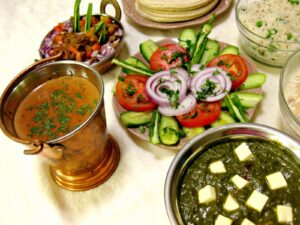
Make di Roti (cornstarch) and Sarson da Saag (mustard leaf) are other traditional Punjab dishes. There are many other foods like Chole Bhathure, Rajma Chawal, and Paneer Naan, but one of my favorite jokes is Tandoori Chicken!
Clothes in Punjabi Culture
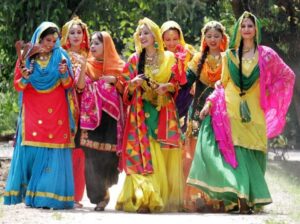
Punjab’s traditional dress is very colorful, unique, and bright. Women wear Salwar kameez (Salwar dress below and kameez top). These outfits are intricately designed and beautifully decorated at home in a variety of colors. Men wear Durban with great pride. Initially, Hindus and Muslims also used to wear hats, but now Sikhs seem to wear them only. The Kurta is worn on the upper body, while the Tehmat baggy and balloon-ish Pajamas are worn on the lower part. Jooti’s favorite shoe has been worn by men and women for many years.
